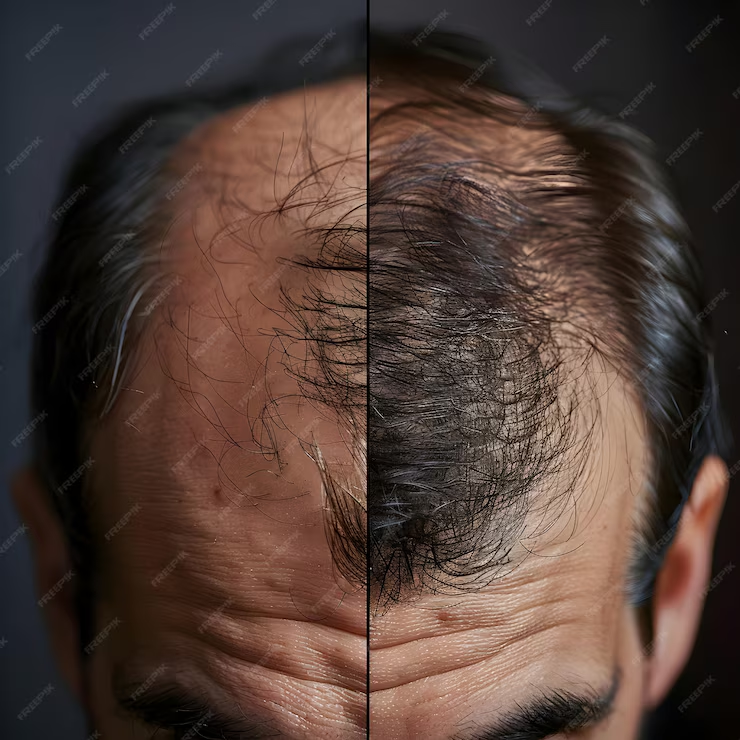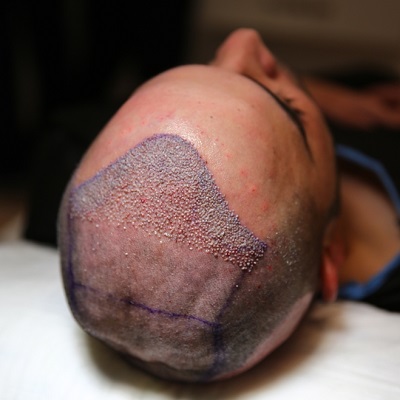In the realm of hair restoration, Platelet-Rich Plasma (PRP) therapy has emerged as a cutting-edge technique that promises to revitalize and rejuvenate thinning hair. As a non-surgical approach, PRP treatment leverages the body’s natural healing mechanisms to combat hair loss and promote hair regrowth. This article delves into the intricacies of hair PRP treatment, exploring its process, benefits, and considerations.
What is Hair PRP Treatment?
Hair PRP treatment involves drawing a small amount of a patient’s blood, processing it to concentrate the platelets, and then injecting this platelet-rich plasma into the scalp. Platelets are blood components rich in growth factors and proteins that play a pivotal role in tissue repair and regeneration. The idea behind PRP therapy is to harness these growth factors to stimulate hair follicles and encourage natural hair growth.
The Procedure
The process begins with a consultation where the patient’s suitability for PRP treatment is assessed. If approved, the procedure itself is relatively straightforward. Blood is drawn from the patient’s arm and then placed in a centrifuge, which separates the blood into its various components. The PRP, which is rich in platelets, is then extracted and prepared for injection.
During the treatment, the scalp is cleaned and a local anesthetic is applied to minimize discomfort. The PRP is injected into targeted areas of the scalp using a fine needle. The procedure typically lasts about 60 to 90 minutes, and patients can return to their normal activities shortly afterward.
Benefits of Hair PRP Treatment
- Natural Regrowth: PRP therapy leverages the body’s natural growth factors, making it a non-invasive option that avoids the need for synthetic medications or surgical procedures.
- Minimal Downtime: One of the key advantages of PRP treatment is its minimal recovery time. Most patients experience only minor discomfort and can resume their daily activities almost immediately.
- Safety: Since PRP uses the patient’s own blood, the risk of allergic reactions or complications is significantly reduced.
- Effective for Various Types of Hair Loss: PRP has shown efficacy in treating androgenetic alopecia (pattern baldness), telogen effluvium (stress-related hair loss), and other types of hair thinning.
Considerations and Expectations
While PRP therapy offers promising results, it is important for patients to have realistic expectations. Hair regrowth can vary from person to person, and multiple sessions may be required to achieve optimal results. Typically, a series of treatments is recommended, with maintenance sessions every 4 to 6 months.
Patients should also be aware that PRP is not a cure for hair loss but rather a treatment that can slow down or partially reverse the process. It is often used in conjunction with other hair restoration methods or medications for enhanced outcomes.
Conclusion
Hair PRP treatment represents a modern approach to addressing hair loss with a focus on harnessing the body’s natural healing abilities. By concentrating growth factors from the patient’s own blood, PRP therapy offers a minimally invasive option for those seeking to combat thinning hair and promote new growth. As with any medical procedure, it is crucial for patients to consult with a qualified healthcare provider to determine the best course of action based on their individual needs and conditions. With careful consideration and realistic expectations, PRP therapy can be a valuable tool in the quest for fuller, healthier hair.




